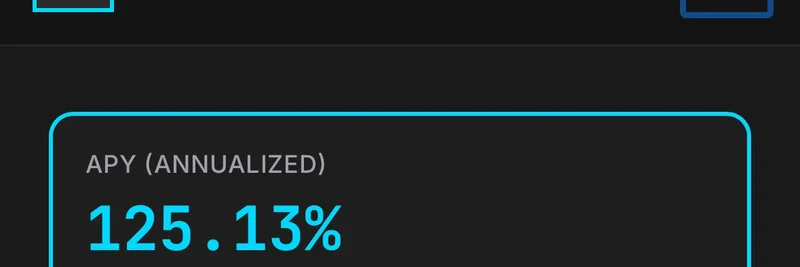If you're scrolling through crypto Twitter (or X, as it's called now), you might have stumbled upon a post that's got folks buzzing about $ORE, the proof-of-work token on Solana. Posted by Clarence (@ODClarence), a core contributor at RadiantsDAO, the tweet poses a simple question: "What is the point of mining $ORE when you can just buy spot?" His answer? It boils down to refinement APY and the Motherlode. And with a refinement APY clocking in at a jaw-dropping 125%, it's no wonder people are paying attention.
What is $ORE Anyway?
For the uninitiated, $ORE is a unique cryptocurrency built on the Solana blockchain. Unlike typical tokens, it's distributed through proof-of-work (PoW) mining, but with a twist—it's designed to be fair and accessible, using CPU-based puzzles that anyone can solve without needing heavy-duty hardware like GPUs or ASICs. Think of it as Bitcoin-style mining, but supercharged by Solana's speed and low fees. The goal? To create a decentralized store of value that's minted at a steady rate of about 1 $ORE per minute globally, with a total supply cap that'll take decades to reach.
Mining $ORE involves submitting solutions to cryptographic challenges via Solana transactions. Successful miners earn rewards, but here's where it gets interesting: claiming those rewards isn't always straightforward.
Breaking Down Refinement APY
Clarence's tweet highlights "refinement" as a key incentive for mining over buying. Refinement is essentially the yield you earn by not claiming your mined $ORE right away. When miners do claim their rewards prematurely, they get hit with a 10% refining fee. That fee isn't burned or pocketed by the protocol—it's redistributed to all the other miners who are patiently holding off on their claims.
This creates a compounding effect, similar to staking rewards in other ecosystems. The refinement APY (annual percentage yield) represents the annualized return you could get from this redistribution. In the tweet, it's shown as 125.13% based on a 7-day rolling average. That's not a typo—it's over 125%! For context, this yield comes directly from the activity within the ORE ecosystem: more premature claims mean more fees to redistribute, boosting the APY for patient miners.
Why is this better than just buying $ORE on the open market? Spot buying gives you immediate ownership, but mining with refinement lets you grow your holdings passively. It's like earning interest on your mined assets without inflation diluting the supply, as $ORE's emissions are fixed and predictable.
The Motherlode: A Jackpot for Miners
The other big draw Clarence mentions is the Motherlode—a bonus pool that adds an element of excitement to mining. Every mining round (which happens frequently on Solana), 0.2 $ORE is added to this jackpot. There's a 1 in 625 chance that the Motherlode gets distributed in any given round, split among the winning miners. It's like a lottery baked into the protocol, rewarding consistent participants with potentially massive payouts.
This feature turns mining into more than just a grind; it's a game with high-stakes upside. Combined with refinement yields, it makes a compelling case for rolling up your sleeves and mining rather than passively buying.
Why This Matters for Meme Token Enthusiasts
At Meme Insider, we're all about the wild side of crypto, and $ORE fits right in. While it's not a traditional meme token driven by viral hype, its community-driven mining mechanics and sky-high yields have a memetic quality—think of it as the "digital gold rush" on Solana. The tweet sparked replies ranging from skepticism (calling it "ponzinomics") to excitement, with users asking how to check the APY or get started.
Clarence pushed back on the ponzi label, noting that many crypto yields, like Solana staking, rely on similar dynamics (e.g., inflation). But $ORE's model is unique: no arbitrary inflation, just protocol-driven revenue from fees. If demand for claiming drops, so does the yield—keeping things balanced.
If you're intrigued, head over to ore.supply to learn more about setting up a miner. Just remember, crypto mining involves costs like Solana transaction fees, so do your homework.
In a market full of pump-and-dump memes, $ORE offers a refreshing blend of utility, fairness, and potential rewards. Whether you're a seasoned blockchain practitioner or just dipping your toes in, keeping an eye on refinement APY could pay off—literally.


